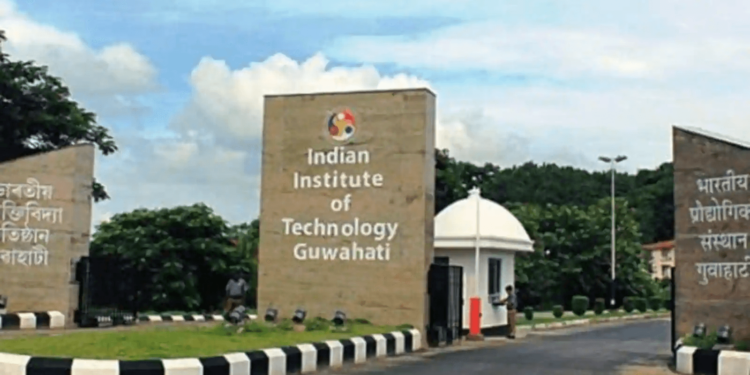Researchers at the Indian Institute of Technology (IIT) Guwahati have developed a novel nanosensor capable of detecting mercury and antibiotic contamination in water with high sensitivity, a breakthrough that could aid in addressing a growing public health concern.
The sensor, created from milk protein and thymine, uses carbon dots that emit fluorescence under ultraviolet light. In the presence of pollutants such as mercury or tetracycline antibiotics, the glow of the carbon dots diminishes, providing a quick and visible signal of contamination.
“Detection of pollutants such as mercury and antibiotics is important, not only in water but also in biological fluids. Mercury is highly carcinogenic. Excess antibiotics also pose adverse health consequences. This sensor can detect mercury and tetracyclines at a very low concentration,” said Prof. Lal Mohan Kundu of IIT Guwahati’s Department of Chemistry.
The sensor demonstrated remarkable sensitivity, detecting mercury at 5.3 nanomolar (1.7 parts per billion)—below the safety standards set by the US Environmental Protection Agency—and tetracyclines at concentrations as low as 10–13 nanomolar. The results were published in the journal Microchimica Acta.
Tetracyclines, commonly prescribed for pneumonia and respiratory infections, can enter the environment through improper disposal, contributing to antibiotic resistance. Mercury contamination, often from industrial sources, can cause cancer, cardiovascular disease, and severe neurological disorders.
On the laboratory scale, the sensor provided measurable results in under 10 seconds. To test its versatility, researchers applied it to tap water, river water, milk, urine, and serum samples, with consistent accuracy. For ease of use, the nanosensor was also integrated into paper strips, enabling on-the-spot testing under an ultraviolet lamp.
Carbon dots were chosen for their nanoscale dimensions and natural fluorescence, making the technology both biocompatible and cost-effective. Researchers noted that beyond environmental monitoring, the sensor could have potential biomedical applications, though further validation is needed before commercial rollout.
With rapid urbanisation and rising pharmaceutical use, water contamination is a mounting global issue. The IIT Guwahati team hopes the sensor will offer a practical, low-cost tool for safeguarding ecosystems and public health.





